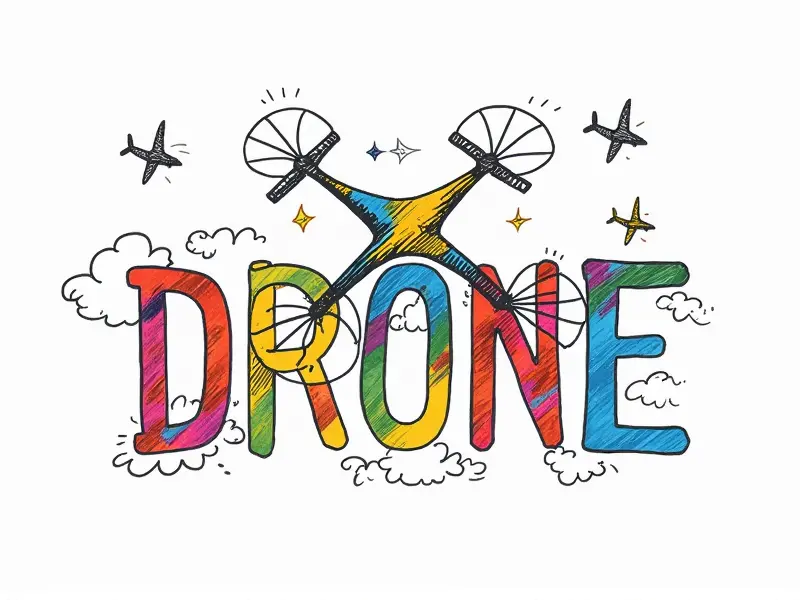What is drone autonomy?

The Future of Drones: Autonomy Explained
Drone autonomy represents a significant leap forward in the field of unmanned aerial vehicles (UAVs). As technology advances, drones are becoming more capable and versatile, with autonomous flight systems playing an increasingly crucial role. This article delves into the intricacies of drone autonomy, exploring its benefits, challenges, and potential applications.
Understanding Autonomous Drone Technology
The concept of autonomous drone technology involves equipping UAVs with advanced software and hardware to enable them to operate independently without constant human intervention. These systems rely on sophisticated algorithms, sensors, and artificial intelligence (AI) to navigate complex environments and perform tasks efficiently.
Benefits of Drone Autonomy in RC Models
- Enhanced Safety: Autonomous drones can reduce the risk of accidents caused by human error, ensuring safer operations in various settings such as construction sites or hazardous areas.
- Increased Efficiency: By automating repetitive tasks, autonomous drones save time and resources, allowing operators to focus on more strategic activities.
- Broadened Applications: Autonomous capabilities expand the range of applications for drones, from precision agriculture to urban delivery services.
Introduction to Autonomous Flight Systems
Autonomous flight systems are designed to handle a wide array of tasks autonomously. These systems typically include GPS navigation, obstacle avoidance, and real-time data processing capabilities. They enable drones to fly predefined routes, conduct inspections, and gather detailed information without the need for constant human control.
Demystifying Drone Autopilot Features
Drone autopilots are equipped with features such as waypoint navigation, return-to-home (RTH) functionality, and automatic takeoff and landing. These features enhance operational flexibility and reliability, making drones more accessible to a broader range of users.
The Role of AI in Drone Autonomy
Artificial intelligence is at the heart of drone autonomy. Machine learning algorithms enable drones to learn from their environment and adapt to changing conditions. This capability allows autonomous drones to perform complex tasks such as object recognition, path planning, and decision-making.
Exploring Levels of Drone Autonomy
The levels of drone autonomy range from basic automation features like GPS navigation to fully autonomous systems capable of independent mission execution. Understanding these levels is crucial for selecting the right technology for specific applications.
Understanding Drone Autonomy Basics
To grasp the fundamentals of drone autonomy, it's essential to understand key components such as sensors (e.g., cameras, LiDAR), control systems, and communication protocols. These elements work together to enable drones to operate autonomously in various environments.
Unlocking Drone Potential with Autonomy
The integration of autonomous features unlocks new possibilities for drone applications. From aerial photography and videography to industrial inspection and environmental monitoring, the potential uses are vast and varied.
Challenges in Drone Autonomy Technology
- Data Security: Ensuring secure communication between drones and control systems is critical to prevent unauthorized access or interference.
- Regulatory Compliance: Navigating the complex landscape of aviation regulations can be challenging for autonomous drone operators.
- Battery Life: Extended flight times are essential for many applications, and improving battery technology remains a key challenge.
Drone Autonomy: A Game Changer
The advent of autonomous drones is poised to revolutionize numerous industries. From precision agriculture to infrastructure inspection, the impact of drone autonomy will be felt across sectors that require efficient, cost-effective solutions for data collection and analysis.
Conclusion
In conclusion, drone autonomy represents a transformative advancement in UAV technology. By leveraging AI, advanced sensors, and robust flight systems, autonomous drones offer unparalleled capabilities and benefits. As the technology continues to evolve, we can expect even more innovative applications that will reshape industries and enhance our daily lives.

